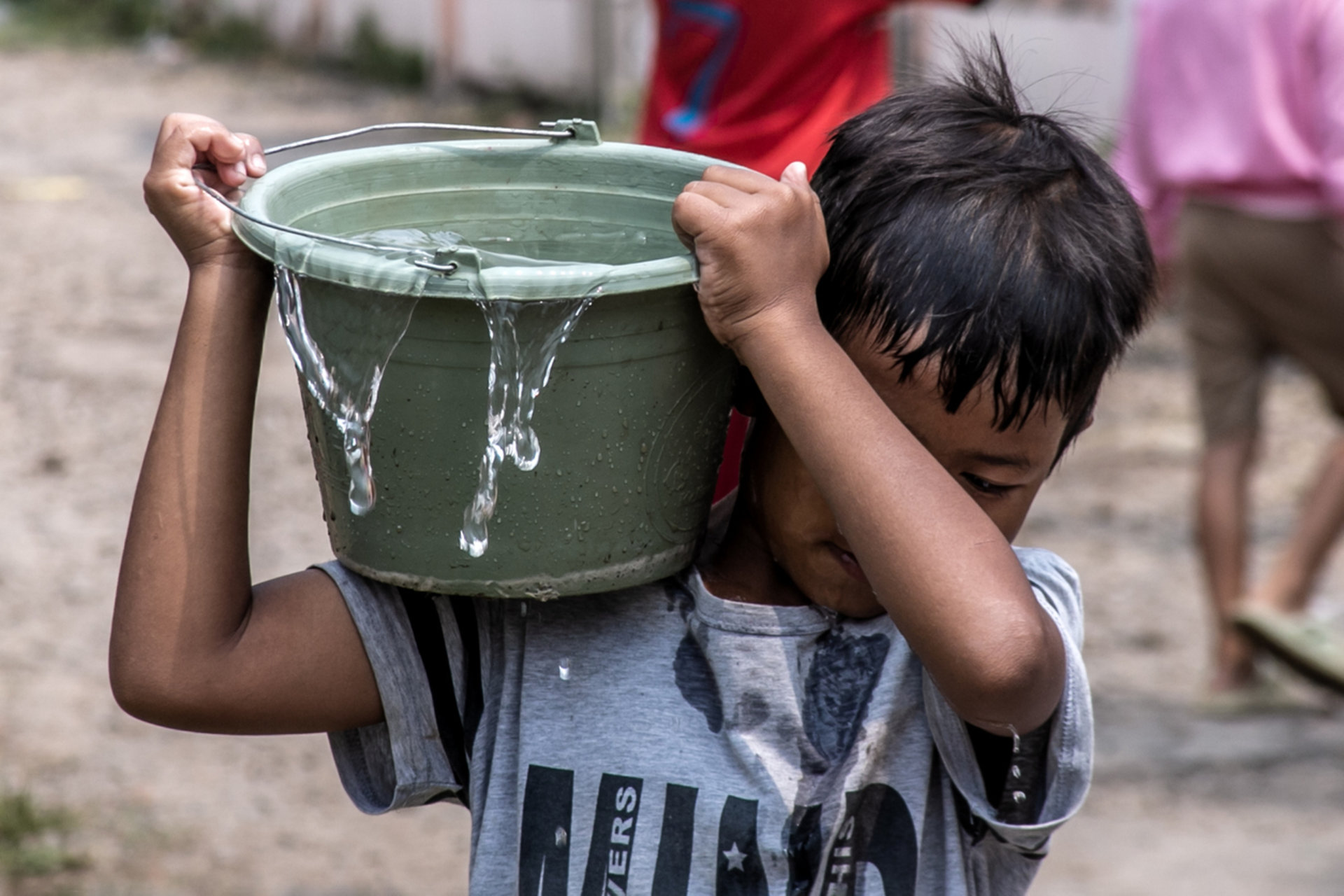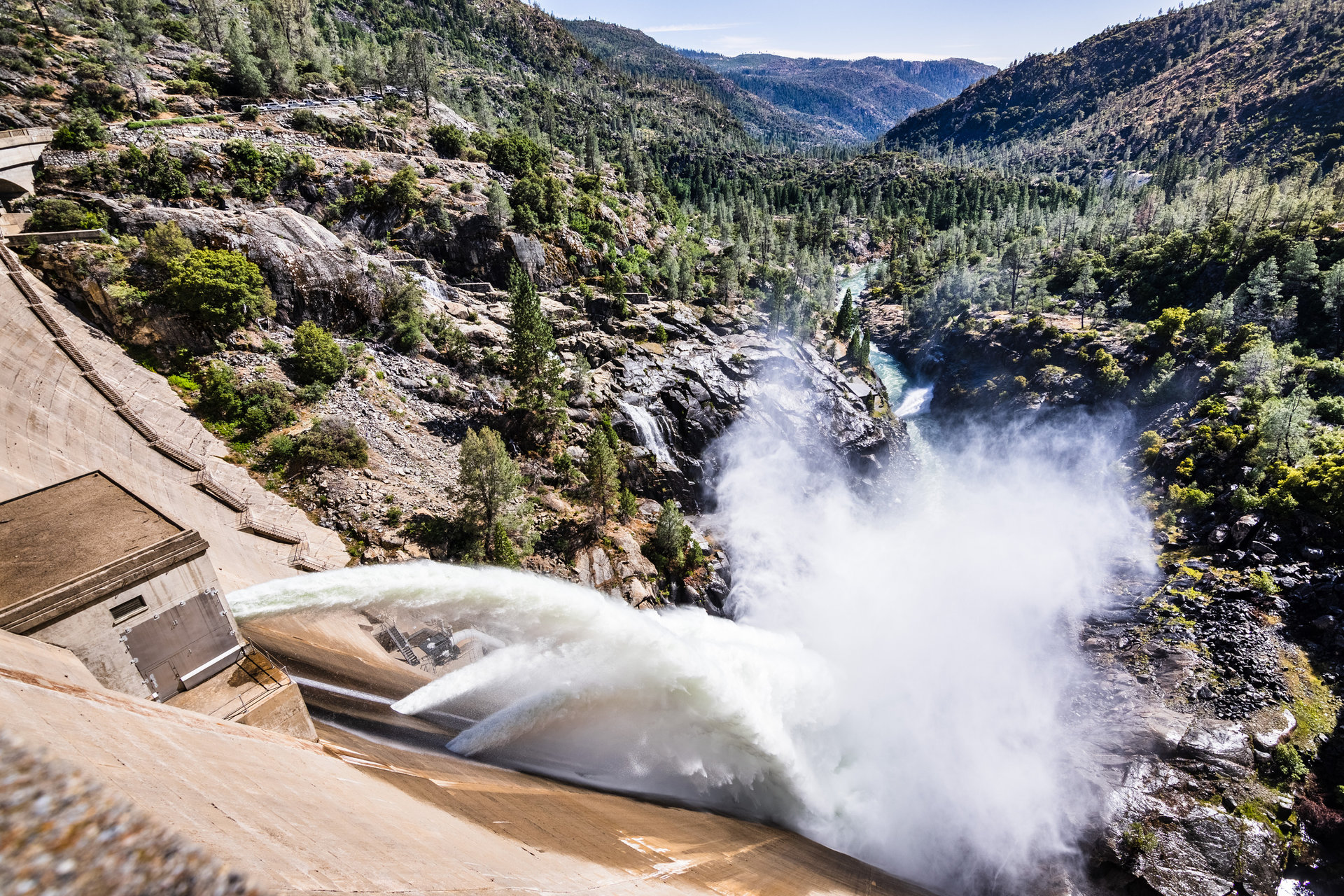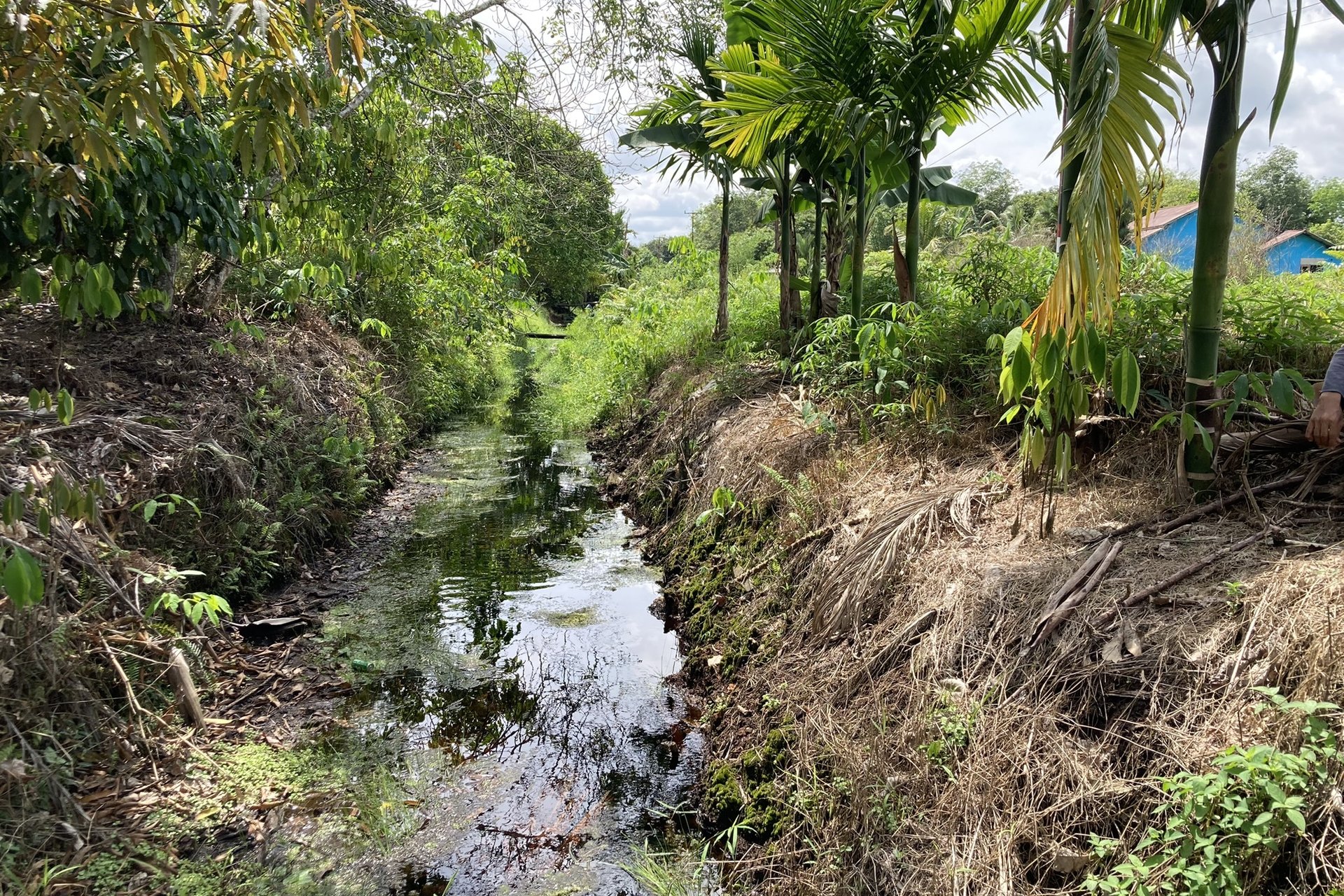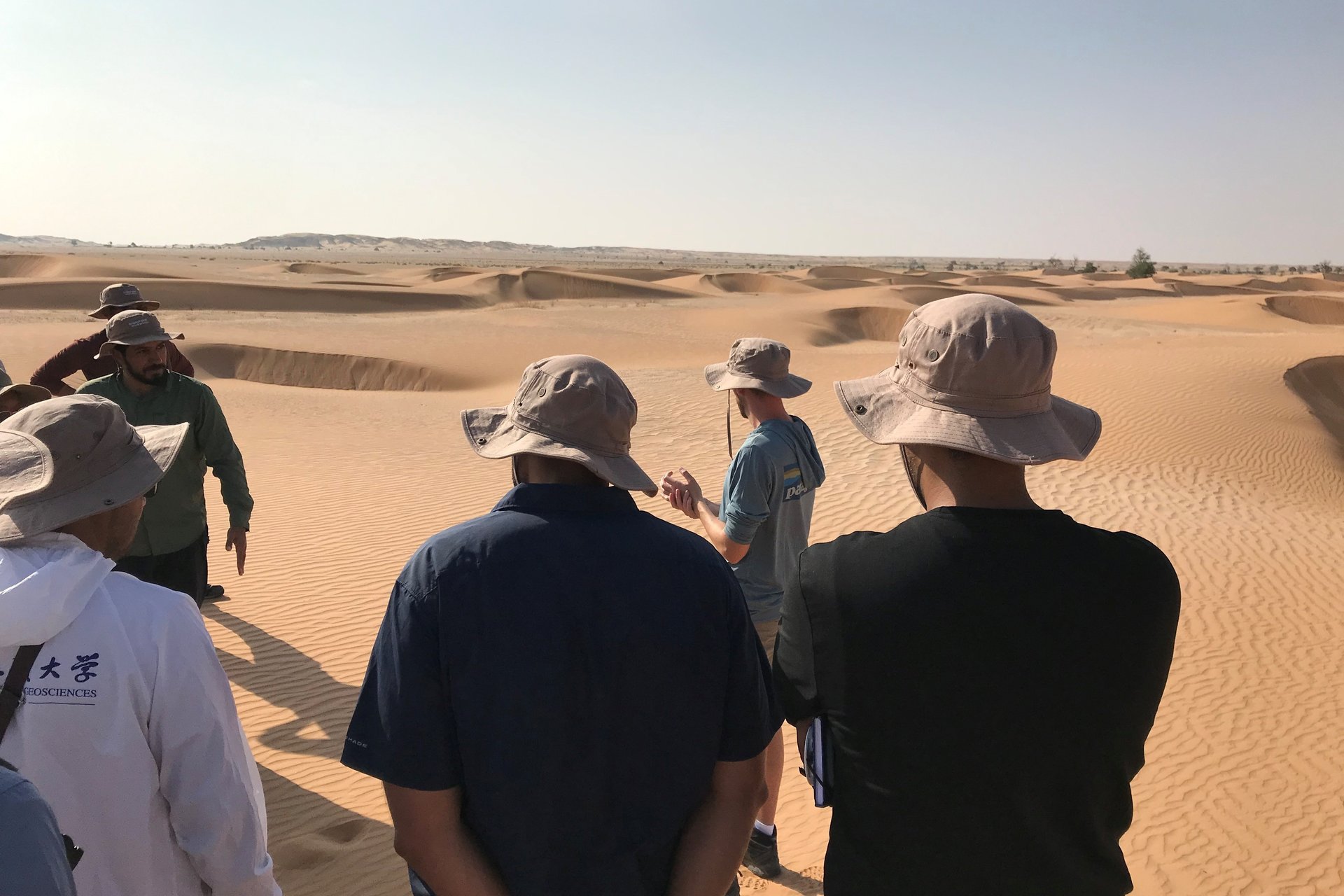Land & water
-
Coastal marine ecosystems remove excess greenhouse gas from the atmosphere -- and much more, scholars explain.
-
Stanford economist Paul Milgrom won a Nobel Prize in part for his role in enabling today’s mobile world. Now he’s tackling a different 21st century challenge: water scarcity.
-
The future of water in the Southwest was top of mind for participants and attendees at the 10th Annual Eccles Family Rural West Conference.
-
Stanford water and climate experts discuss climate impacts on shared water sources and potential solutions.
-
As policymakers consider updates to the Bay-Delta Plan, a Stanford analysis outlines challenges and strategies to support future water security in the San Francisco Bay Area in the face of climate change.
-
Researchers have found that one-third of the organic carbon leached from peatland soils into canal waters in Southeast Asia gets broken down and released into the atmosphere as carbon dioxide.
-
A new report looks back at the most impactful environment and sustainability research from Stanford scholars in 2023.
-
A second-year PhD student in Earth and planetary sciences and bestselling science fiction author, Ashing-Giwa never misses a chance to blend lab and lit.
-
A Stanford dune expert discusses watching desert-based movies from the perspective of a geoscientist, the realities of otherworldly dunes, and what his research can tell us about the ancient environment of Earth and other planets.
-
Stanford researchers have found large thawed or close-to-thawed areas under coastal portions of the ice sheet that holds back glaciers in the Wilkes Subglacial Basin.
-
Ching-Yao Lai combines her passion for physics with climate science to better understand Earth’s polar ice sheets and how they contribute to climate change.
-
Professor Barton “Buzz” Thompson discusses his most recent book where he proposes various strategies for solving the United States’ freshwater crisis and argues that government and water authorities can’t do it alone.
-
A new model taps into the power of cooperation to promote sustainable palm oil production in Indonesia.
-
Stanford study on microbes in extremely salty water suggests life may survive conditions previously thought to be uninhabitable. The research widens the possibilities for where life may be found throughout our solar system and shows how changes in salinity may affect life in aquatic habitats on Earth.
-
Associate Professor Jane Willenbring brings her passion for people and surface processes to understand how environmental changes impact life on Earth, and how life impacts the planet.
-
A new book by Buzz Thompson focuses on how water managers can team up with the private sector to overcome the daunting obstacles to making safe, affordable, and sustainable water a reality everywhere.
-
An expert in the global cycles of carbon and water explains how they are inextricably bound to one another and fundamental to the future of life on planet Earth.
-
Stanford Report highlights third-year E-IPER student Karli Moore and two other Stanford graduate students and Knight-Hennessy scholars who are using their fellowship to support Native and Indigenous communities, both on and off campus.
-
Stanford cofounders are betting on the farm with soil-based carbon removal.
-
Studying the chemical secrets locked in coastal rocks, a geoscientist says we can know what coastlines looked like long ago and understand where they are headed tomorrow.
-
Farmers in India have adapted to warming temperatures by intensifying the withdrawal of groundwater used for irrigation - a trend that could further threaten food and water security, according to a new study coauthored by Stanford environmental scientist David Lobell.
-
A new analysis of one of the world’s largest residential electrification programs suggests switching from gas to electric stoves can reduce climate emissions and hospitalization rates faster than previously thought if the power grid is green.
-
Stanford-led research reveals a massive and accelerating transfer of water from rural groundwater sources to Jordan’s cities through an unlicensed tanker water market. Recognizing this previously hidden demand for water could be critical for improving urban water security in water-stressed cities in Jordan and elsewhere.
-
A new technique for measuring past topography shows the Himalayas were more than halfway to their summit before a continental collision made them the highest range in the world.
























